THE SHOW ITSELF...
* See documentation of Lucy Lippard's original 955,000 exhibition here.
* This project was conceptualized and curated by Corey Antis, who's work can be viewed here.
MY INDEX CARD READS AS FOLLOWS...
1. A convenience store or chain pharmacy (but not a supermarket; they're dead already) ceases operations due to natural, economic causes.
2. A generous, imaginary grant allows me to "preserve" the abandoned store while still stocked with goods, briefly.
3. Four common ravens are introduced into the retail ecosystem, where they must survive as scavengers for one month.
4. The behavior of the invading ravens is documented with the store's surveillance and security equipment.
5. Screen shots from the videos (and textual documentation) are featured in an exhibition based on the experiment.
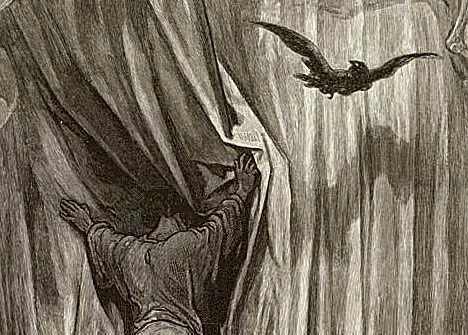
THIS PIECE IS THE PRODUCT OF...
* A superficial assessment of the Noah's ark myth, with ravens in the allegorical role of civilization itself (I suppose).
* A close (and at times, adolescent) reading of George Romero's 1979 film, Dawn of the Dead, in which four humans take refuge in a Pennsylvania shopping mall during a zombie apocalypse. If the Biblical allegory is too strong for you, the ravens could represent these protagonists as well. Plenty of room for interpretation.
INVASIVE SPECIES (THINKING OUT LOUD)



1. Joshua Klein is one of the sharper members of the planet's most invasive species, and he is excited. He knows that crows are remarkably intelligent. And he sees them everywhere. So Klein assigned them a use value, as humans often do.
He trained them to use vending machines. And after few months of Pavlovian persuasion, the little birds became productive scavengers, finding loose change on the ground and literally exchanging it at vending machines for food. Klein reflects upon the experience in his remarkable lecture for TED:
...we're very aware of all the species that are going extinct on the planet - as a result of human habitation expansion - and no one seems to be paying attention to all the species that are actually living. They're surviving... and I'm talking specifically about synanthropic species, which are species that have adapted specifically for human ecologies. Species like rats and cockroaches and crows. And as I started looking at them, I was finding that they had hyper-adapted - they'd become extremely adept at living with us. And in return, we tried to kill them all the time. And in doing so, we were breeding them for parasitism.
2. Rebecca Solnit shares Klein's fascination, but casts it in a darker light. Her essay, "A Murder of Ravens: On Globalized Species," concerns Edgar Allen Poe's favorite crow cousin, and mine as well. The one that is perfect for an October exhibition - the raven. But ravens do more than exchange pennies for peanuts. They disrupt ancient habitats as well:
The success of the raven means the failure of other species, also valuable, so the very sight of these creatures, particularly in new places - like outside my window - is bad news... Raven is, in the mythology of the Northwest coast, a creator deity. That something sacred or symbolic can become a weed and a pest is disturbing. A raven used to be an oracular sight, an omen, impressive, noble, wild; now they are bad news, weeds, menaces. This decline is troubling not just in what the birds do but in what they mean. They have shifted from being part of an ecosystem into being its destroyer, the birds acting as agents of our own disruption. Ravens, like coyotes, may have been creator deities because they are rather humanlike in their ability to adapt, improvise, and change, to trick and to shift (which is why Coyote is also Trickster in the old myths of this continent). Perhaps in seeing ravens go wrong, we might see ourselves - if we looked hard enough.
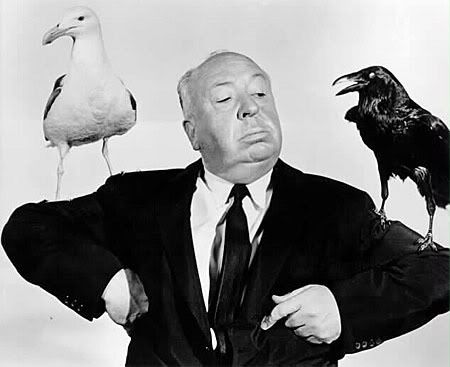
RUINS RISE UP
That zero panorama seemed to contain ruins in reverse, that is - all the new construction that would eventually be built. This is the opposite of the "romantic ruin" because the buildings don't fall into ruin after they are built but rather rise into ruin before they are built. This anti-romantic mise-en-scene suggests the discredited idea of time and many other "out of date" things. But the suburbs exist without a rational past and without the "big events" of history. Oh, maybe there are a few statues, a legend, and a couple of curios, but no past - just what passes for a future. A Utopia minus a bottom, a place where the machines are idle, and the sun has turned to glass, and a place where the Passaic Concrete Plant (253 River Drive) does a good business in STONE, BITUMINOUS, SAND and CEMENT.
- Robert Smithson, "A Tour of the Monuments of Passaic, New Jersey"
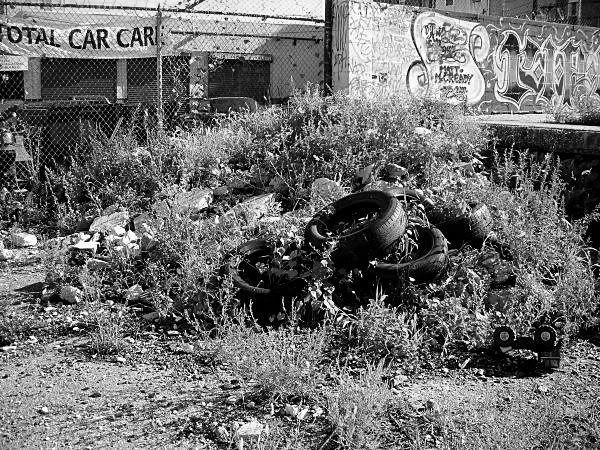
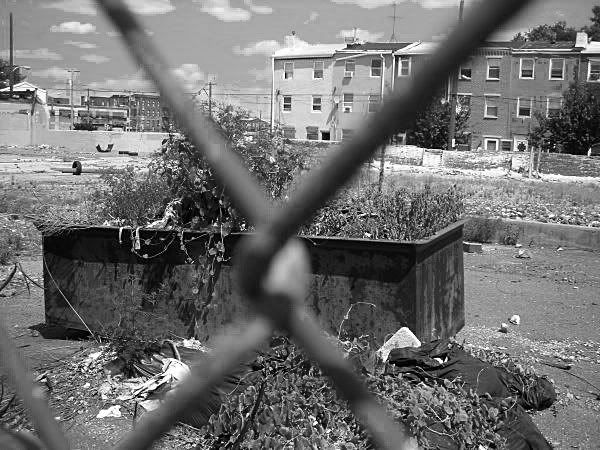
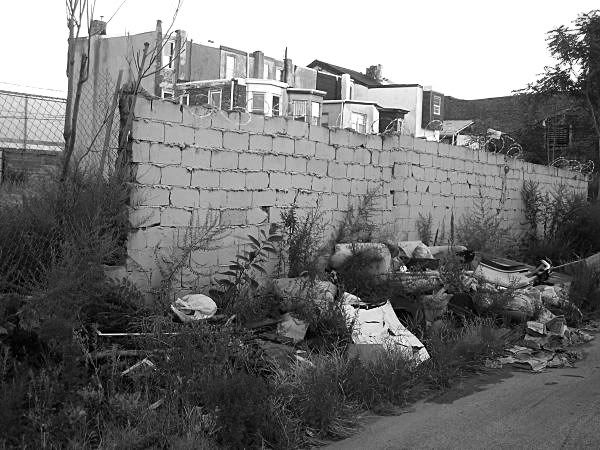
Here's Solnit again - this time (for my purposes) playing the cautious optimist to Smithson's cautious fatalist - in the city instead of the suburbs:
A city is built to resemble a conscious mind, a network that can calculate, administrate, manufacture. Ruins become the unconscious of a city, its memory, unknown, darkness, lost lands, and in this truly bring it to life. With ruins a city springs free of its plans into something as intricate as life, something that can be explored but perhaps not mapped. This is the same transmutation spoken of in fairy tales where statues and toys and animals become human, though they come to life and with ruin a city comes to death, but a generative death like the corpse that feeds flowers. An urban ruin is a place that has fallen outside the economic life of the city, and it is in some way an ideal home for the art that also falls outside the ordinary production and consumption of the city.
IMAGINING UNDEAD ARK...
...is an invitation to a Halloween party. A party where the diabolical wild world infects interior space, and transforms it with the same wrath us humans apply to everything. It's a collaboration, a Skinner box, a fantasy and an indulgence.
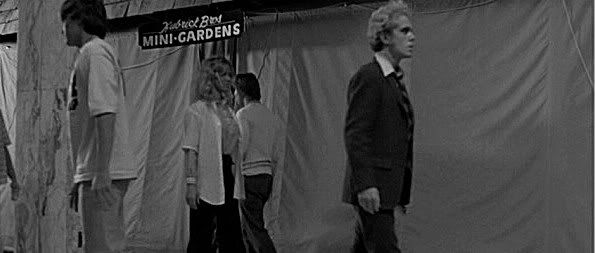
The wonder is – given the errant nature of freedom and the burgeoning of texture in time – the wonder is that all the forms are not monsters, that there is beauty at all, grace gratuitous, pennies found, like mockingbird's free fall. Beauty itself is the fruit of the creator's exuberance that grew such a tangle, and the grotesques and horrors bloom from that same free growth, that intricate scramble and twine up and down the conditions of time.
This, then, is the extravagant landscape of the world, given, given with pizzazz, given in good measure, pressed down, shaken together, and running over.
- Annie Dillard, from Pilgrim at Tinker Creek